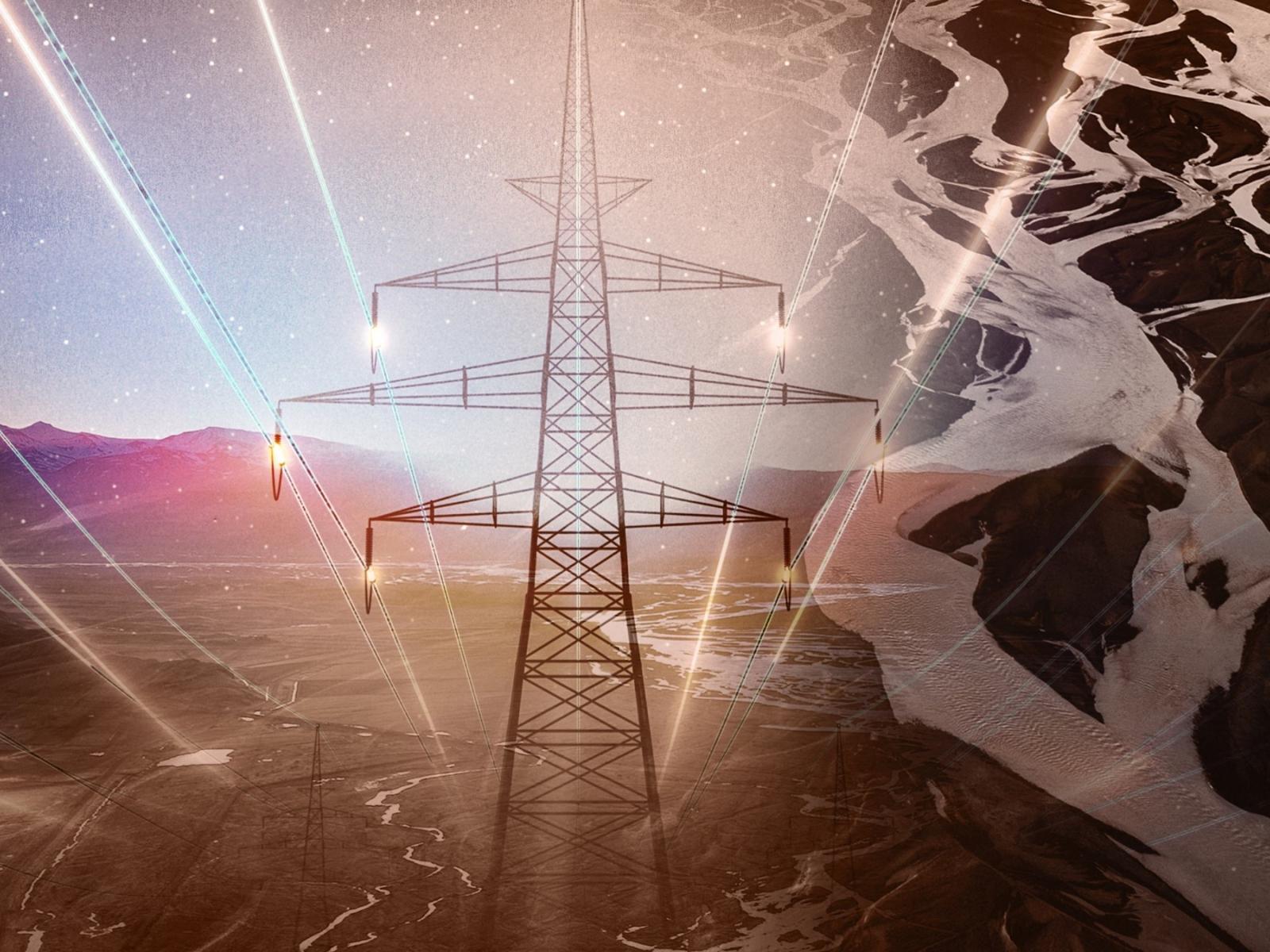Integrated Water Power Resilience Project
Integrated Water Power Resilience Project
Advancing opportunities for water and power resilience through coordinated planning, investment, and operations

Integrated Water Power Resilience Project
Advancing opportunities for water and power resilience through coordinated planning, investment, and operations

The motivation of the Integrated Water Power Resilience Project is to identify and develop opportunities to improve resilience in the water and power sectors through coordinated planning, investment, and operations and thereby provide benefits to power and water utilities, consumers, and the environment.
Water and power utilities are interdependent, subject to many of the same natural and manmade hazards, and critical for the well-being of communities and society. Because of the interconnectedness of water and power systems, there are substantial economic, social, and environmental benefits to co-managing the market sectors for resilience instead of managing them separately. Co-management benefits include:

Project Goal: This project aims to first understand the current situation, gaps, and needs for water and power resilience through data analysis and visuals, interviews, workshops, and case studies. This information will be used to develop and implement coordination and analysis tools and methods to overcome barriers and improve resilience of both the water and power sectors.
Visuals, such as Sankey diagrams, help show the many ways that water and power systems are connected. They provide insights into how hazards may affect both water and power systems and where opportunities exist to strengthen systems and increase resilience.
This work was funded by the Department of Energy Water Power Technologies Office.